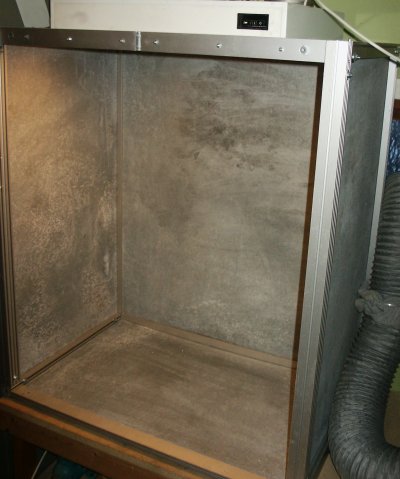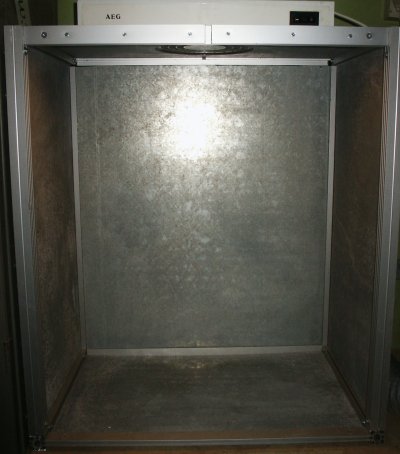



 . Point being: it acually works and it prevents my garage from smelling like nitric acid or chlorine for weeks.
. Point being: it acually works and it prevents my garage from smelling like nitric acid or chlorine for weeks.  for the electrical motor that may be in conctat with flamable vapour. May be dangerous? - Possible solutions?
for the electrical motor that may be in conctat with flamable vapour. May be dangerous? - Possible solutions?






 (1.6 mm) aluminum.
(1.6 mm) aluminum.


| Quote: |

| Quote: |
 .
. 
| Quote: |
| Quote: |




 If
you have any questions please fire away!
If
you have any questions please fire away!Quote: Originally posted by Flip  |


Quote: Originally posted by Un-Sub  |
Quote: Originally posted by garage chemist  |
Quote: Originally posted by Un-Sub  |
Quote: Originally posted by Un-Sub  |